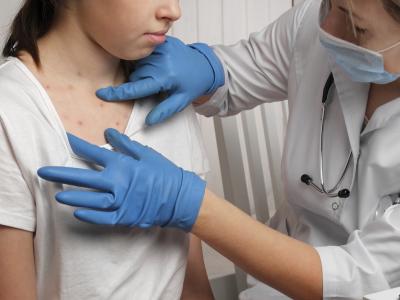Aug 5, 2011
Twenty-two vibriosis cases linked to raw oysters in Washington state
Twenty-two people in Washington state recently contracted Vibrio parahaemolyticus infections after eating raw oysters harvested along the coast, the Washington State Department of Health reported yesterday. Eighteen vibriosis cases have been linked to commercial oysters and four cases to recreational harvesting in Puget Sound and along the coast, officials said in a press release. The department said cooking shellfish thoroughly is especially important in July and August, when warm temperatures and low tides allow the bacteria to thrive. Cooking oysters at 145ºF for 15 seconds kills Vibrio species. Vibriosis symptoms may include diarrhea, nausea, stomach cramps, headache, vomiting, fever, and chills, which typically appear within 12 to 24 hours after infected shellfish is eaten. Vibriosis is often mild to moderate, with symptoms lasting 2 to 7 days, but it can be life-threatening for people with lowered immunity or chronic liver disease, according to the statement.
Aug 4 Washington press release
Avian flu hits birds in Vietnam, South Africa
Outbreaks of H5N1 avian influenza have struck poultry flocks in five villages in Vietnam's Nghe An province, national agriculture officials said yesterday in a report to the World Organization for Animal Health (OIE). Nghe An is on Vietnam's north central coast. The outbreaks were detected between Jul 17 and 27 and killed 9 birds while sickening 1,494 more. Authorities culled 2,517 more to control the outbreaks. The source of the virus has not been found. In other avian flu developments, South African officials today reported nine more highly pathogenic H5N2 outbreaks at ostrich farms in Western Cape province, which has been battling the strain since it reemerged in ostrich flocks in February. The virus was detected during routine surveillance. In the latest round of outbreaks the virus sickened 1,706 birds, and 1,186 more were slaughtered to curb the disease.
Work needed to bridge vaccine 'confidence gap'
Scientific evidence of a vaccine's efficacy and safety profile alone is insufficient to gain and sustain the public's trust in vaccines, say the authors of an article in The Lancet. Public concern over vaccines, particularly when vaccination is mandated, has always been a problem, they say, but the rise of instant communication through the Internet and social networking has given far more reach to voices on both sides of the issue and has increased the gap in public confidence. Vaccines may be the victims of their own success, state the authors, in that they have been so effective in preventing diseases that the focus now has changed to the vaccines themselves instead of the diseases. Public concerns relate to, among other things, perceptions that business and/or financial motives may affect institutional policy, beliefs that coincidental adverse effects are vaccine-related, and skepticism or outright unacceptance of scientific evidence. The authors recommend rigorous research to close the gap, stating: "For vaccines to realise their full potential in protection of health, public and private health practices need to take into account the range of social and political factors that affect the public's willingness to accept vaccines."
Aug 6 Lancet article summary


















